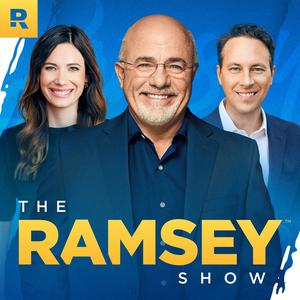
In this episode of the TED Radio Hour, host Eric Cressey, founder of Cressey Sports Performance, dives deep into the world of back pain, movement diagnosis, training principles, mobility development, power building, fascial manipulation, and rules for athletes. He shares insights and expertise on these topics, providing valuable information for both athletes and those dealing with back pain.
Back pain is a complex diagnosis that affects many people, and chronicity is a significant issue. The medical system may not be well-equipped to handle the non-homogeneous condition of back pain. Different activities can cause different types of back pain, making it challenging to treat all cases the same way. Radiologists may read images more intently if they see the patient’s picture before reading, highlighting the subjective nature of radiology interpretation.
Movement diagnosis is just as important as medical diagnosis, and a conversation is crucial in starting a movement screen or assessment. Considering factors like vitamin D deficiency and magnesium levels is important for overall health. Good coaching and appropriate exercise variability can help with low back pain, and movement screens like FMS and selective functional movement assessment can be helpful for identifying issues.
Fascial manipulation can lead to good outcomes for athletes and improve range of motion immediately. Joint abnormalities are common in athletic and non-athletic populations, emphasizing the importance of maintaining rotation and shoulder blade movement for functional movement and preventing mobility loss.
Strengthening the posterior chain is crucial for functional carryover to real-world activities, and power training can help prevent hip fractures and falls in older adults. The book “Diagnosis and Treatment of Movement Impairment Syndromes” by Shirley Sahrmann shifted the perspective from medical diagnosis to movement diagnosis. Advocating for oneself as a patient and seeking specialized care in specific realms, like baseball, can lead to better outcomes.
Working with practitioners experienced in treating competitive athletes can lead to better outcomes, as the standard of care is higher. Mindfulness to timelines and individualized approaches are important in treating athletes. Heavy bilateral loading may not be suitable for everyone, and stretching should have a rationale. Building relationships with coaches and finding mentors can make a difference in career development.
This episode of the TED Radio Hour with Eric Cressey provides valuable insights into back pain diagnosis, movement assessment, training principles, fascial manipulation, and coaching strategies. Listeners gain a deeper understanding of these topics and how they can be applied to optimize performance and prevent injuries. Whether you’re an athlete or someone dealing with back pain, the knowledge shared in this episode can help improve your approach to training and overall well-being.